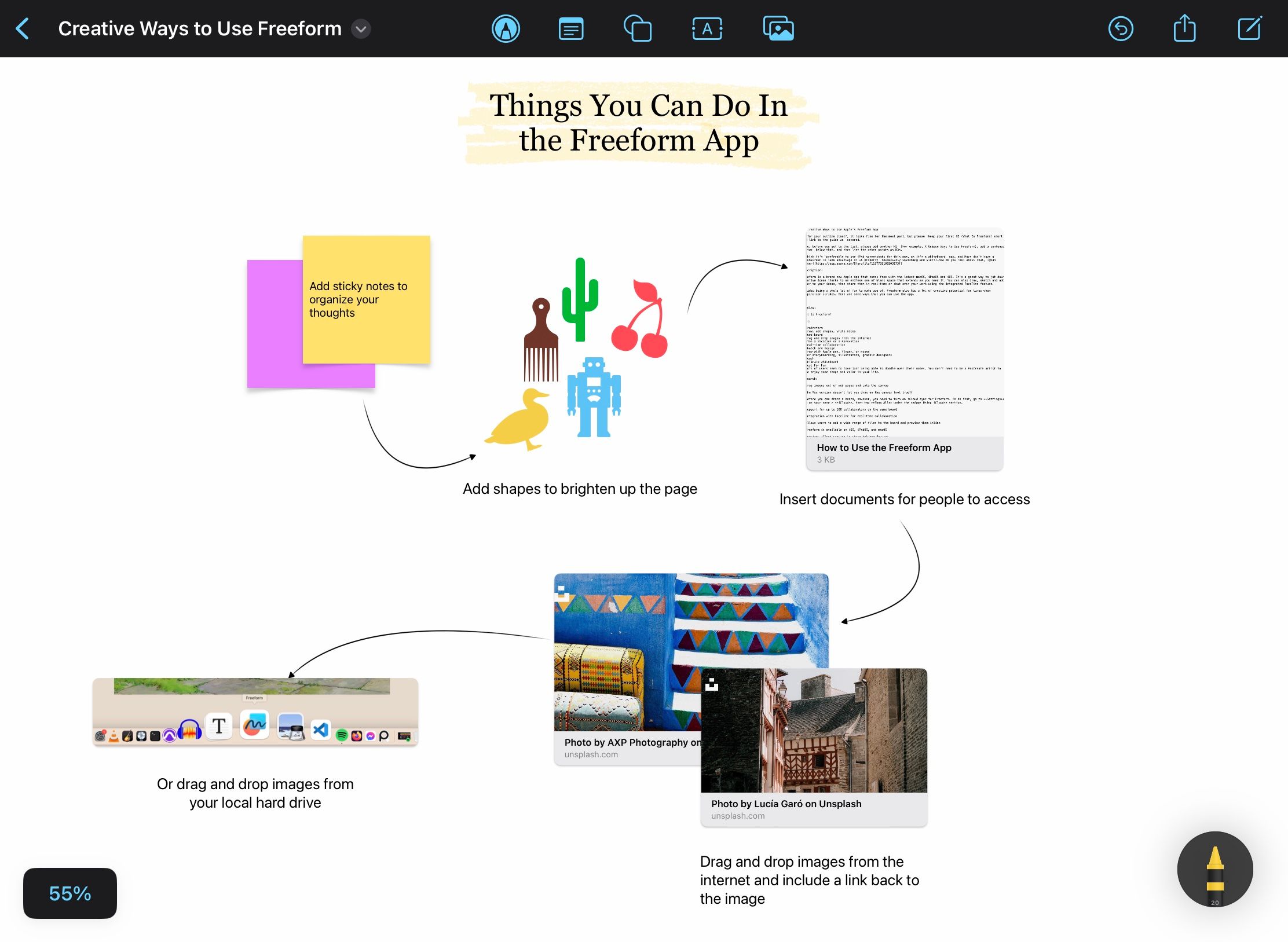The Southern California Wildlife Confiscations Community
.jpg)
Coordinating Care of Confiscated Wildlife
Wonderful. Overwhelming. Inspirational. These are a couple of of the methods attendees described a gathering by which representatives from legislation enforcement, the Affiliation of Zoos and Aquariums, sanctuaries, NGOs, and universities gathered to handle the challenges of wildlife confiscations and placements in southern California.
.jpg)
Photograph Credit score: © U.S. Fish and Wildlife Companies
“What was so thrilling is that it was the primary time that every one the stakeholders from all of the totally different organizations have been in the identical room,” mentioned RoxAnna Breitigan, director of animal care at The Dwelling Desert Zoo and Gardens in Palm Desert, Calif. “I feel you at all times need as many individuals as attainable who can remedy an issue to be on the desk.”
The trafficking and confiscation numbers are daunting, with U.S. Fish and Wildlife Service reporting 834 instances involving seized or deserted wildlife between 2015 and 2019. These instances required the position 48,793 particular person stay specimens in amenities with the capability, capability, and sources to take care of them.
[Related story: Putting a Stop to Wildlife Trafficking]
“Throughout the nation, it’s at all times a problem with humanely inserting animals,” mentioned Dan Crum, particular agent in cost, Pacific Southwest Area, USFWS Workplace of Legislation Enforcement. “Most brokers deal on the native degree and do their networking throughout the neighborhood of their factors of entry. And these might not be the most effective locations for the animals. We determined we wanted a cleaner, less complicated method of inserting confiscated animals.”
Erin Dean, former resident agent in cost, USFWS Workplace of Legislation Enforcement, requested leaders on the San Diego Zoo Wildlife Alliance in San Diego, Calif., to host an preliminary assembly in 2019. And her resolution to begin on the regional degree was a sensible one, based on Tamesha Woulard, supervisory wildlife inspector, USFWS Workplace of Legislation Enforcement.
“This want has been recognized for so long as I’ve been round. It’s not a brand new dialog,” she mentioned. “I used to be just a little involved about easy methods to whittle it down and get our arms round it as a result of it’s such an enormous difficulty and it’s not a simple repair. Erin approached it as a southern California program and mentioned, ‘How can it we do it right here?’ That’s why it was profitable.”
.jpg)
Photograph Credit score: © U.S. Fish and Wildlife Companies
The collaboration resulted within the creation of the Southern California Wildlife Confiscations Community, a pilot program that can launch in late October. Its creators hope the Community’s new response protocol for the position and care of confiscated wildlife will function a template for different high-volume confiscation areas within the nation.
Figuring out Challenges
Brokers should typically maintain onto confiscated animals till they will discover an applicable placement, and that’s not an optimum state of affairs for them or the wildlife. The technique for coping with this had apparent room for enchancment, based on Woulard, who has been doing this work for thirty years.
“There’s at all times been a course of that labored … considerably,” she mentioned. “We develop into conscious of a have to confiscate one thing, and now we have to resolve if now we have the flexibility to carry it. Do now we have the room? Is there a security difficulty? Do we want assist? We make these choices on the fly as I begin calling individuals from a listing of sources in a handbook that we developed by way of necessity. … We saturate our amenities as a result of I’m calling them many times. I simply hope they don’t cease answering the telephone.”’

Photograph Credit score: © U.S. Fish and Wildlife Companies
One of many individuals who’s typically on the receiving finish of these telephone calls is Beth Schaefer, director of animal applications on the Los Angeles Zoo and Botanical Gardens in Los Angeles, Calif. “One of many issues I discovered at that first assembly was that one of many largest issues for the brokers is wanting down at an animal they confiscated and pondering, ‘I don’t know what to do with this.’ They’re wired about easy methods to care for the animals as a result of their job is legislation enforcement, and I spotted that we may critically assist with this difficulty.”
After the 2019 assembly, stakeholders labored collectively to develop a system of options, studying extra about one another within the course of. That kind of collaboration was new and helpful, based on Breitigan, who co-chaired the animal placement subcommittee. “The perfect factor for me was making face-to-face contacts and creating relationships with the brokers. They now know who they’re calling, and we all know who’s calling us.”
Understanding placement throughout the context of legislation enforcement was additionally an essential side of making a workable plan.
“Our main objective is to get the animals the vital care they want as quickly as attainable, and never having them sit in our short-term amenities,” mentioned Crum. “Any and all concepts went on the desk, and my function was to advise about points associated to coverage, rules, and statutes. We’re a authorities entity and we don’t have as a lot flexibility as NGOs. … There have been so many superior concepts if we have been residing in an ideal world, however we needed to filter by way of these to deal with what was sensible and life like.”
.jpg)
Photograph Credit score: © U.S. Fish and Wildlife Companies
Simple Community Entry
Though that kind of collaborative brainstorming with one another was new to each legislation enforcement and animal care suppliers, it labored. “I’ve been pushing so exhausting for a coordinated response,” mentioned Meredith Whitney, wildlife rescue program supervisor, Worldwide Fund for Animal Welfare (IFAW). “It saves time, power, and cash and it’s additionally higher for the welfare of the animals. That is huge and incredible. It’s a sport changer!”
The joint problem-solving effort will result in the creation of a financial institution of applicable, accepted placement amenities. Establishments which might be concerned with turning into an accepted facility could apply and will likely be reviewed and vetted by a committee that features illustration from a zoo, an aquarium, a sanctuary, a college, a rescue group, an NGO, and AZA. The primary name for functions will exit to all Southern California AZA-accredited establishments, GFAS-accredited amenities, college companions, and amenities really helpful by legislation enforcement.
“We needed to have enter from zoos, sanctuaries, different amenities, and legislation enforcement to develop requirements for these establishments … ensuring they’ve the experience, sources, and correct permits,” mentioned Schaefer. “Having this checklist of accepted amenities will unfold the work round and streamline every little thing.”
Communication about potential placements will likely be improved by funneling all requests by way of a single level of contact (POC) who will likely be housed inside AZA, underneath the umbrella of the Wildlife Trafficking Alliance.
“Confiscating brokers can have one level of contact, and that particular person will depend on totally different individuals like taxon coordinators and community companions to help with figuring out the place the animals could be taken,” mentioned Whitney. “This partnership is basically offering the experience to help the confiscating brokers.”

Photograph Credit score: © Customs and Border Patrol
The number of species which might be confiscated, and their differing wants relating to quarantine and environmental necessities, necessitate the involvement of subject material specialists, like Dave Collins, director of North American Turtle Conservation, Turtle Survival Alliance, and SAFE American field turtle program chief.
[Related story: Not a Pet]
“The entire effort defies straightforward solutions,” he mentioned. “We’re reaching out to new facility companions and increasing the checklist of amenities that may take turtles. And we’re beginning to take a look at the place we could be essentially the most useful working with different taxonomic teams. There will likely be totally different methods for various teams … and hopefully, a number of the challenges we’re coping with will assist them.”
USFWS will proceed to have final duty for deciding the place the animals go, and the Community’s suggestion of optimum placement places (through the POC) will likely be a major figuring out issue.
Advantages for All
The creators of the brand new protocols are optimistic that they may result in a much-improved course of. “As superior because the brokers and inspectors are, we’re not within the enterprise of caring for animals,” mentioned Crum. “A tighter, extra streamlined community and more practical communication will allow us to be extra environment friendly in inserting wildlife extra rapidly so we will get again to doing our jobs.”
And that effectivity will even result in higher outcomes for the animals, whether or not they can ultimately be returned to the wild, repatriated, or stay on the facility as soon as the case they’re a part of is set.
.jpg)
Photograph Credit score: © Customs and Border Patrol
“Animal welfare is prime of thoughts for everybody,” mentioned Schaefer. “It is going to be the very first thing to get addressed, and will probably be addressed rapidly, because the animals could possibly be moved from the confiscation web site on to their new housing.”
The inefficiency of the confiscation and placement system had lengthy been a posh drawback with out an apparent answer. Hopefully, the creation of the Southern California Wildlife Confiscations Community is simply step one.
“The imaginative and prescient was at all times to have a community that any of our areas may make the most of,” mentioned Crum. “Any undertaking actually relies on relationships, and we in Southern California have superior relationships with our zoos, aquariums, and universities. If individuals in different areas of the nation have these forms of relationships, I feel this plan could be readily carried out.”
Breitigan agrees and added, “It’s a testomony to what can actually assist transfer issues ahead. Collaboration amongst very numerous stakeholders is outstanding.”
Hero Photograph Credit score: © Customs and Border Patrol
Again to All Tales




